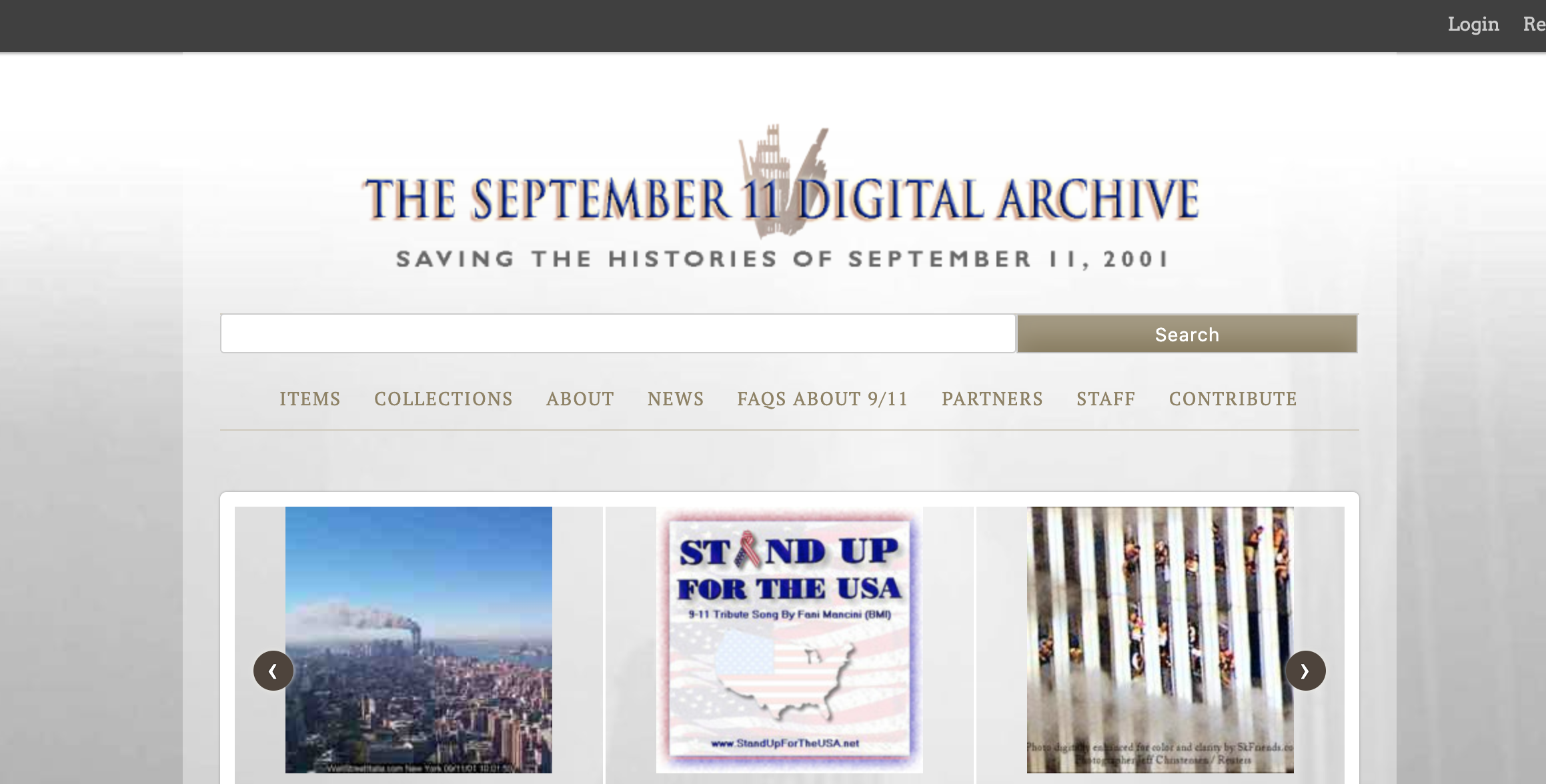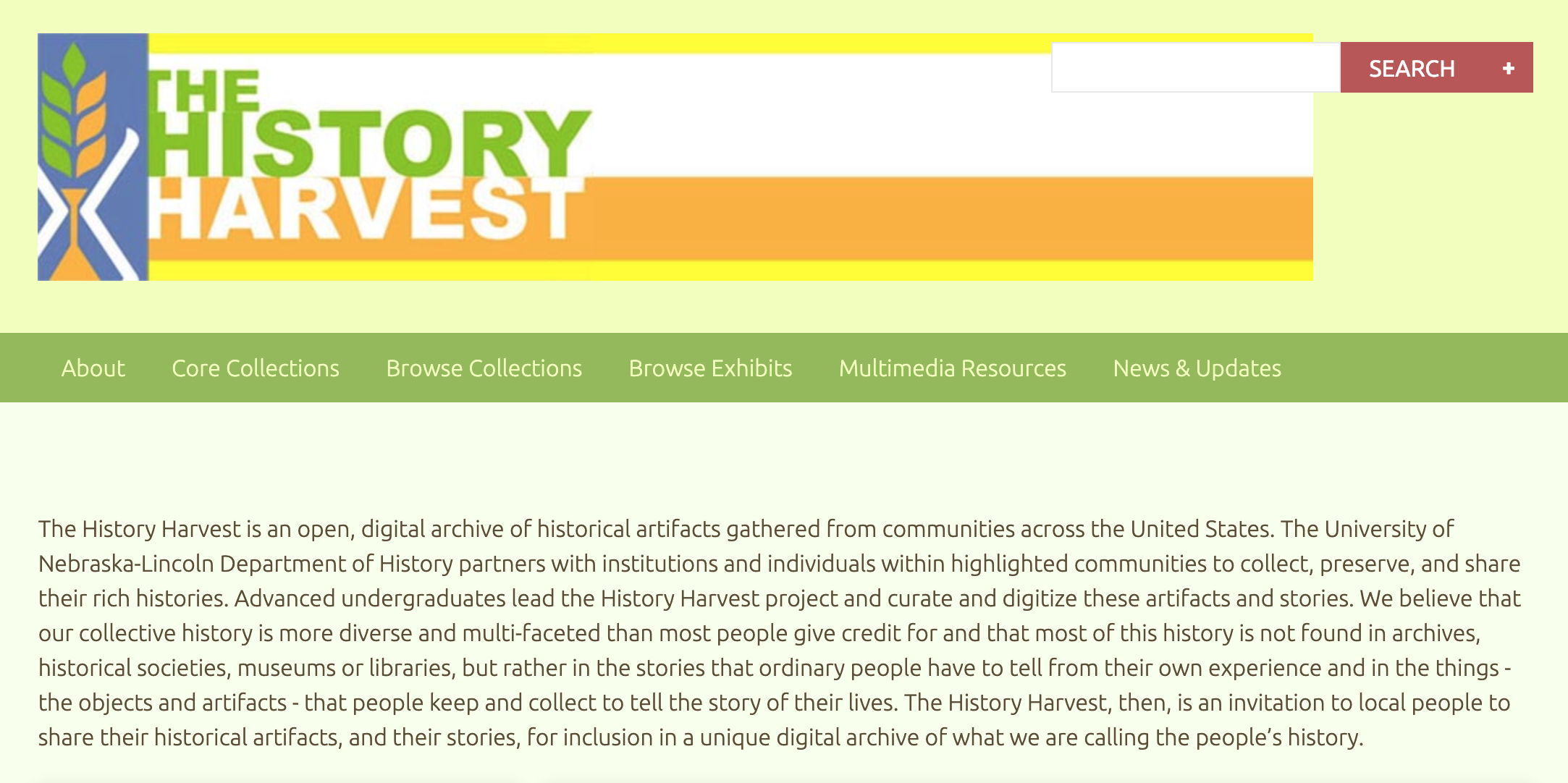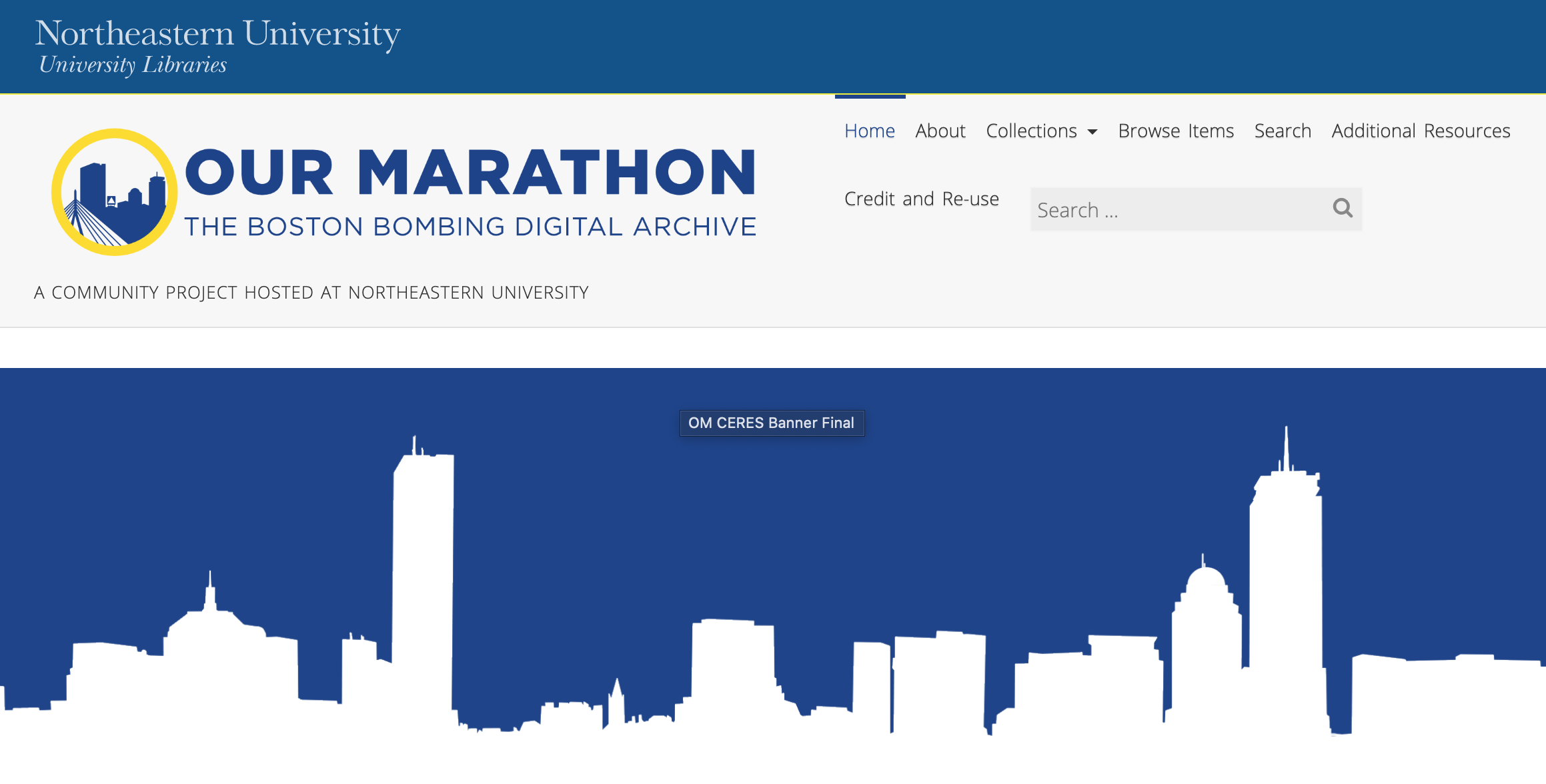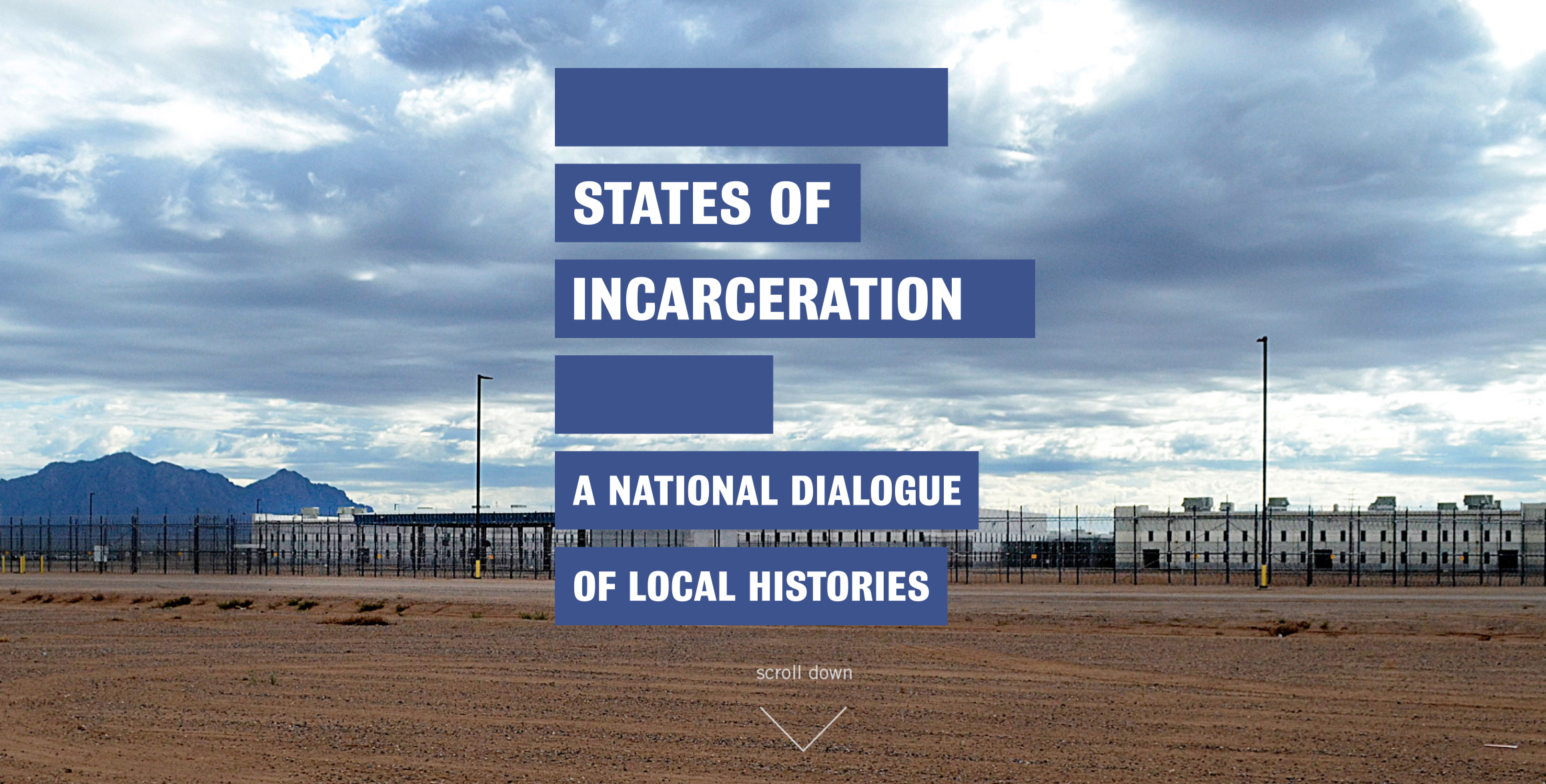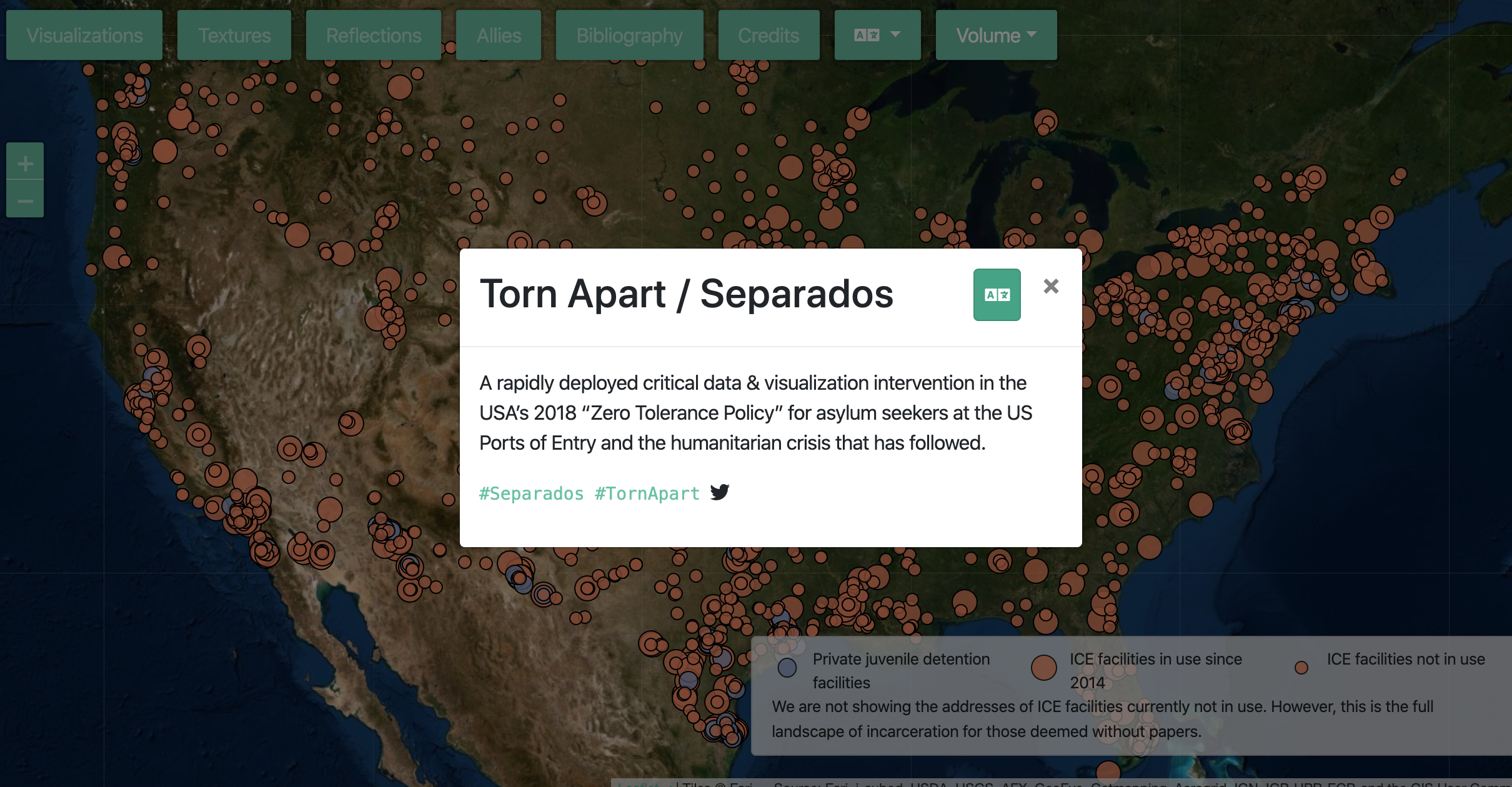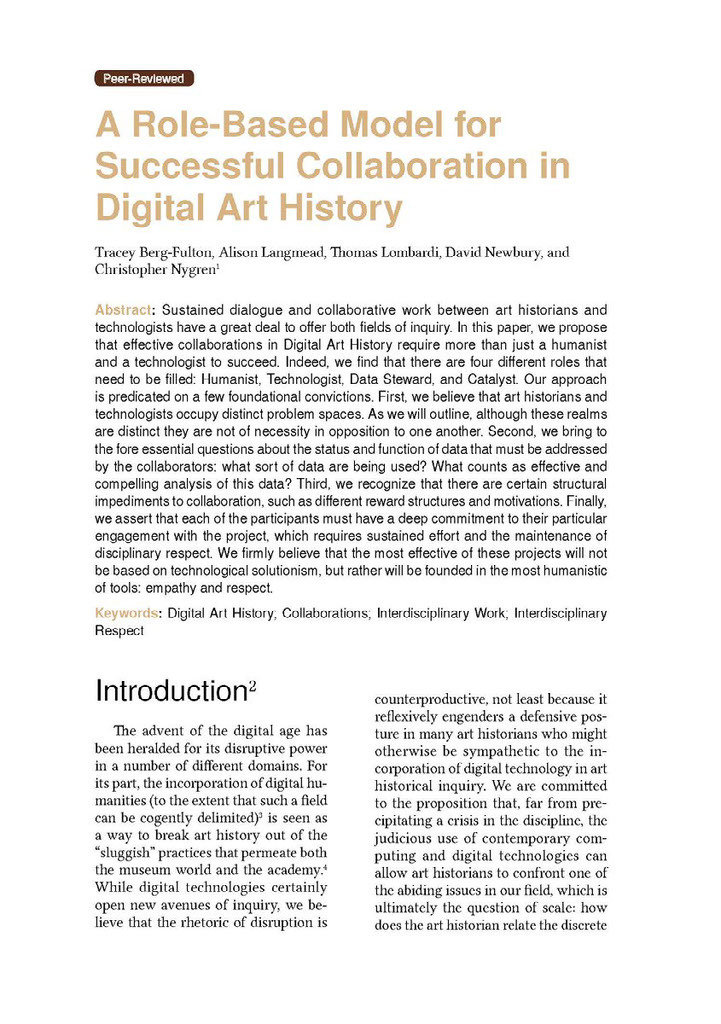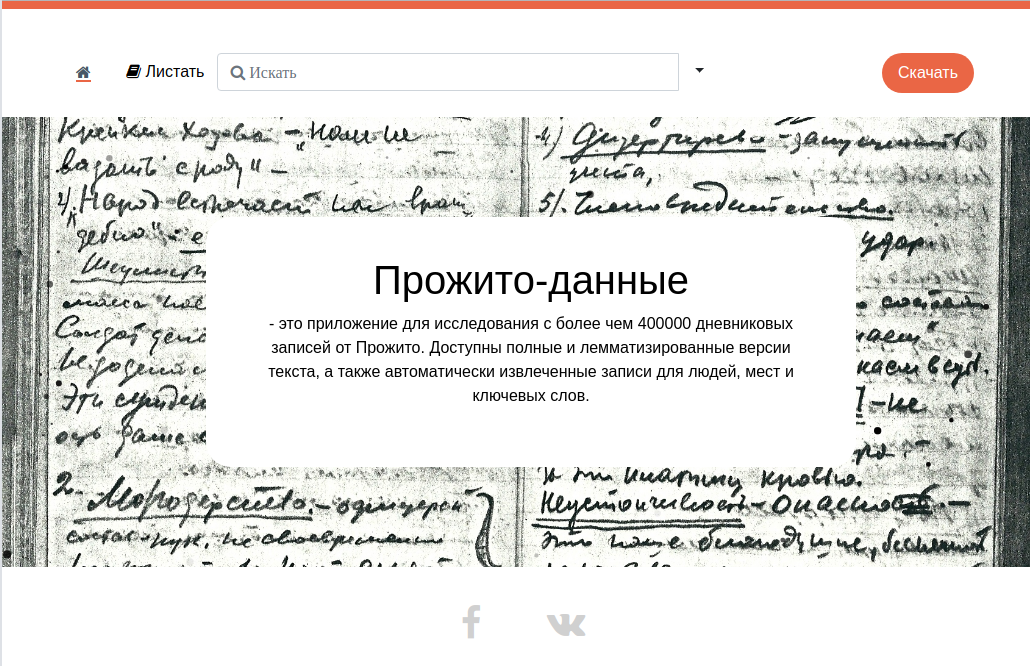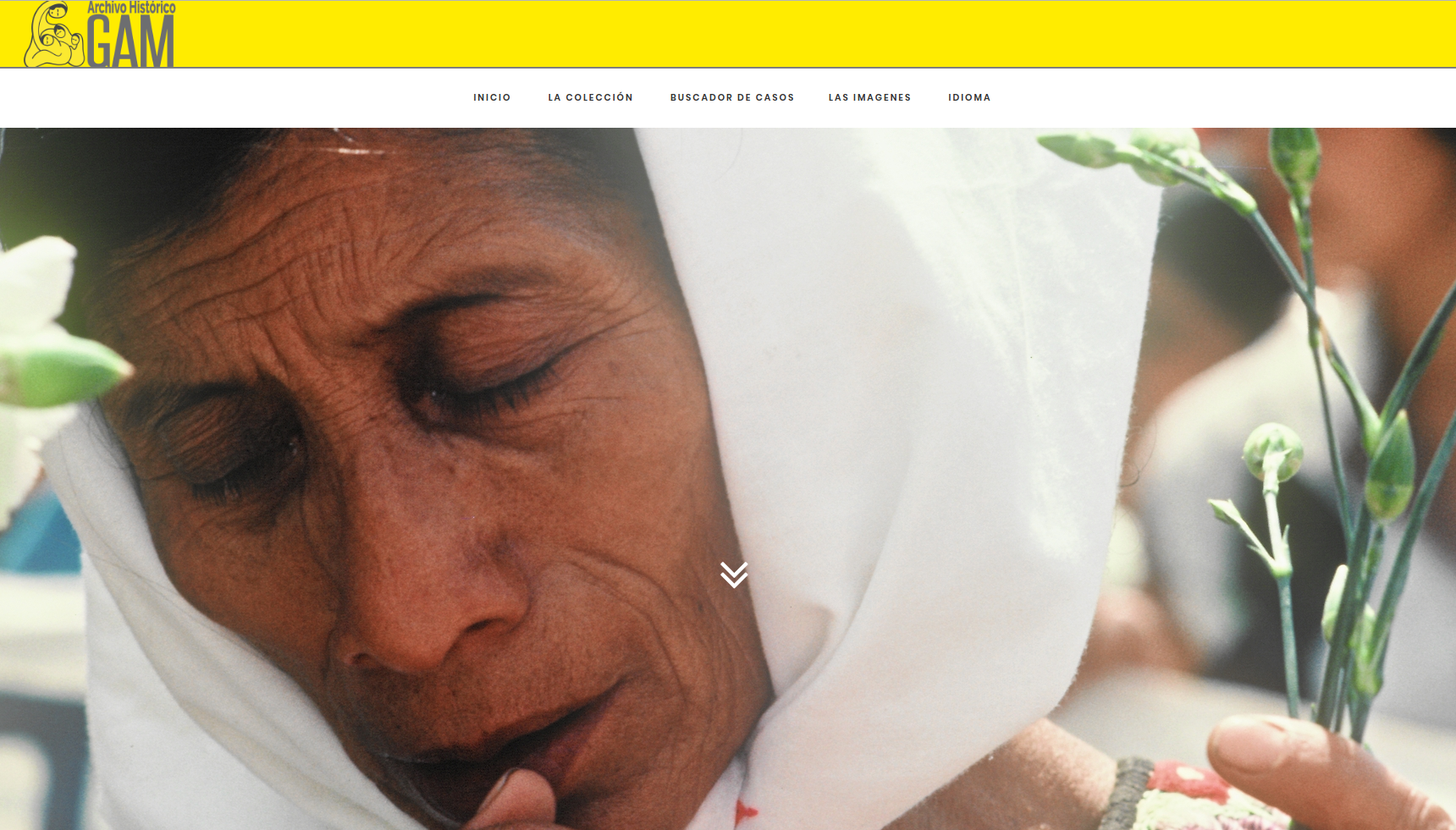Exhibits
&
Collaborative Scholarship

Public Humanities and Activism
Models
of
Collaboration
&
Co-Production
The Scholar-Centered Model
A scholar designs and implements a project. Others join to augment the principal scholar's skills and knowledge.

Role-Based Model
Scholars and practitioners from various disciplines and professional backgrounds work together according to established roles, such as humanist, technologist, data steward. All roles are equally "principal."
The research agendas and interests of all partners are accounted for in project design and work.
All parties should gain professionally and intellectually from the project or be fairly compensated for their labor.

Radical Collaboration & Emergence
Greenhouse Studios is interested in what new knowledge might emerge when we allow academic communities to self-organize. ... At Greenhouse Studios, we’re running an experiment in radical collaboration, exploring what happens when you remove the labor hierarchies and predetermined workplans that normally structure collaborative scholarly projects, and instead embrace the emergent qualities of collaboration itself.

Emergence describes how hundreds of birds, each following its own, relatively simple rules of behavior, self-organize into a flock that displays its own complex behaviors, behaviors that none of the individual birds themselves would display. In the words of writer Steven Johnson, emergence describes how those birds, without a master plan or executive leadership, go from being a “they” to being an “it.” In other words, emergence describes a becoming.

Community-Based Participatory Research (CBPR)
Work that serves a community need in active dialogue with community partners as co-producers of knowledge and change.
- Like emergence, views the social interaction and collective behavior of project stakeholders as a driving force of research in project communities.
- Like Community-Based Participatory Research, values the knowledge of community partners and their equal role as co-producers of knowledge.
- Expands to views all project stakeholders, faculty, students, and staff as co-producers.
- Builds on role-based model to make space for each participant's intellectual and professional interests, their creativity and voice in the community.
Relationship-centered Model

Prozhito
Exhibits
By Andrew Janco
Exhibits
- 965
